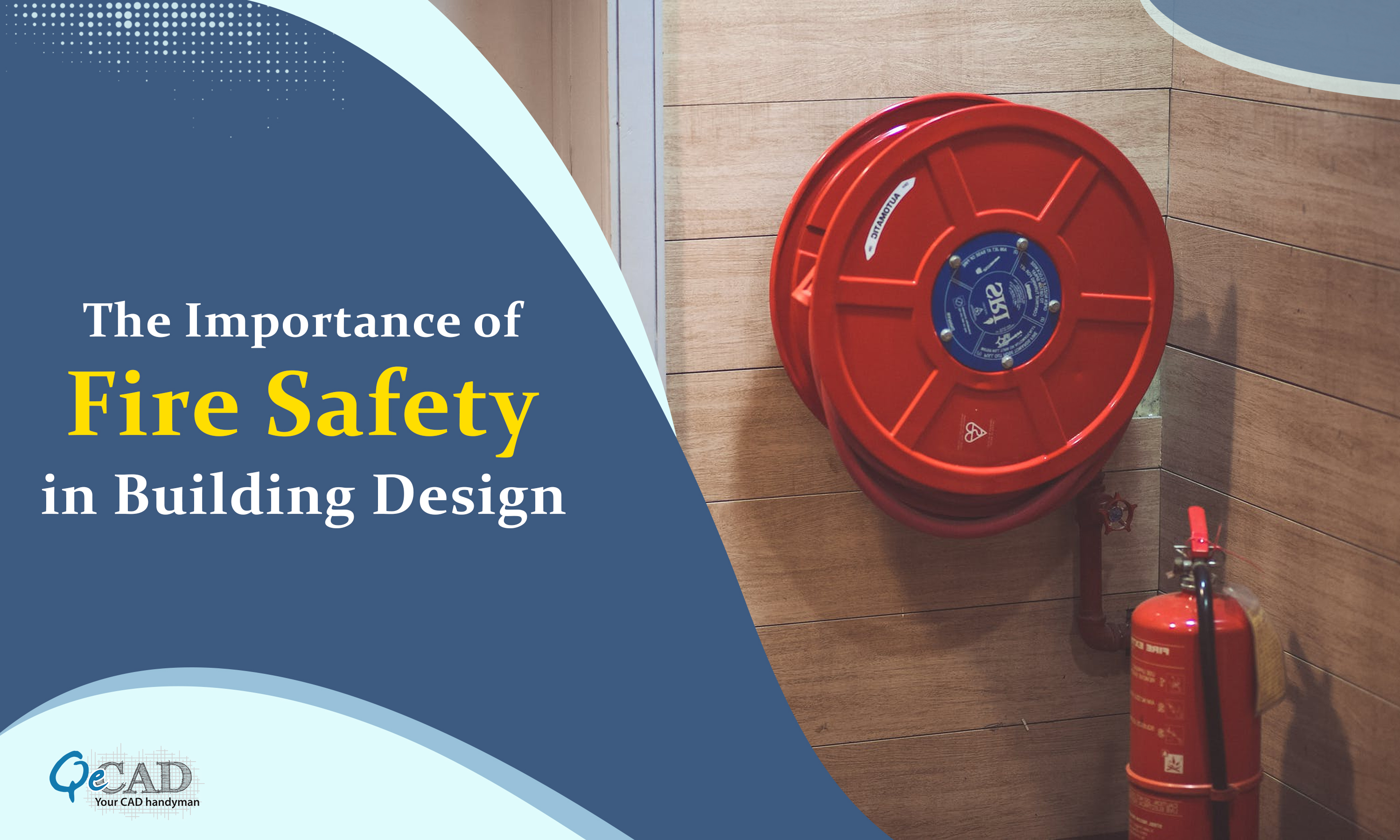
Introduction
In today’s quickly urbanizing world, architecture and construction have to prioritize safeguarding the psychological wellness of its people. Fire safety is a vital factor that must be carefully considered during the process of building design. The merging of MEP (Mechanical, Electrical, and Plumbing) BIM (Building Information Modelling) services and BIM modeling services has served as an immersive changer in improving fire safety measures. Throughout this article, we are going to look at the importance of fire safety in construction design as well as how MEP BIM services and BIM modelling helps to create safer settings for everyone.
Importance of Fire Safety in Building Design
1) Protection of Life and Property
The primary rationale for prioritizing safety concerns in building design is to protect inhabitants’ lives as well as minimize loss of property in the event of a fire. According to the National Fire Protection Association (NFPA), firefighting organizations in the United States solely respond to an astonishing 1.3 million fires each year, resulting in thousands of casualties and billions of dollars in damage to property. Competent fire prevention strategies lower such risks greatly and assist to limit the repercussions of incidents like this. According to the NFPA, every 24 seconds fire departments in the United States obliged to a fire, which leads to a civilian fire fatality every 3 hours and 10 minutes
2) Compliances with Regulations and Codes
Building regulations and norms give important recommendations for occupant safety. Adherence to these rules is required in order to get licenses and certificates. Neglecting fire prevention measures might result in legal obligations as well as revenue losses. Integrating MEP BIM and BIM Modelling Services simplifies adhering by allowing designers to precisely model safeguarding systems, analyze routes for evacuation, and guarantee the correct positioning of fire-fighting equipment.
3) Early Detection and Prevention
The prompt identification of a fire is critical for prompt escape and damage mitigation. Smoke detectors, fire detection devices, and fire suppression systems, which are incorporated into building design, play a critical role in spotting as well as handling fires. These technologies may be smoothly implemented into the building design using MEP BIM Services and BIM modeling services, assuring optimum positioning and functioning. According to the United States Occupational Safety and Health Administration (OSHA), industrial incidents such as explosions and fires cost businesses approximately $2.3 billion in direct financial losses each year
4) Efficient Evacuation Planning
A well-planned evacuation approach in the case of a fire may safeguard lives. BIM modeling services allow for the construction of precise virtual models that correctly show the plan of the structure, encompassing ways to evacuate, exits for emergencies, as well as assembly points. Such computer-generated models help designers, architects, and personnel responding to emergencies optimize evacuation strategies and detect possible bottlenecks, permitting inhabitants to be evacuated safely and quickly.
The Role of BIM Modeling Services in Enhancing Fire Safety
1) Accurate Space Planning and System Design
Designers may use MEP BIM services as well as BIM modeling services to produce precise 3D models of buildings, which enable correct allocation of space plus seamless integration of fire prevention systems. MEP engineers may work fluidly together with architects, structural engineers, and various other stakeholders to optimize the design as well as deployment of fire fighting devices, sprinkler systems, fire detection systems, as well as smoke detectors by utilizing BIM. This degree of synchronization improves the building’s entire fire safety.
2) Clash Detection and Risk Mitigation
MEP systems must be built to ensure they do not interfere with other building parts like building structures as well as electrical passageways. MEP BIM services aid enable the identification of conflicts and impediments throughout the designing phase, reducing the likelihood of mistakes and reworking throughout construction. Fire safety systems may be implemented effortlessly by avoiding confrontations, assuring their effectiveness and functioning.
3) Performance Simulation and Analysis
BIM modeling technologies make it easier to simulate as well as analyze fire situations, enabling designers to assess the effectiveness of fire protection measures. This involves analyzing evacuation times, measuring smoke control, as well as monitoring the performance of fire suppression devices. Designers may use such simulations in order to make educated decisions about fire prevention measures while a building starts off, reducing the hazards posed by fire breakouts.
Conclusion
Fire safety is a vital aspect of building design that ought not to be overlooked. Architects, engineers, as well as other stakeholders may optimize fire prevention measures across the design process by combining MEP BIM services with BIM modeling services. The danger of fire-related events may be considerably decreased by appropriate space design, conflict identification, as well as performance analysis, providing occupant safety and safeguarding assets.
